The six major types are articulated robots, SCARA robots, Cartesian robots, cylindrical robots, delta robots, and collaborative robots (cobots).
Industrial Automation Robots An Overview of Robotics
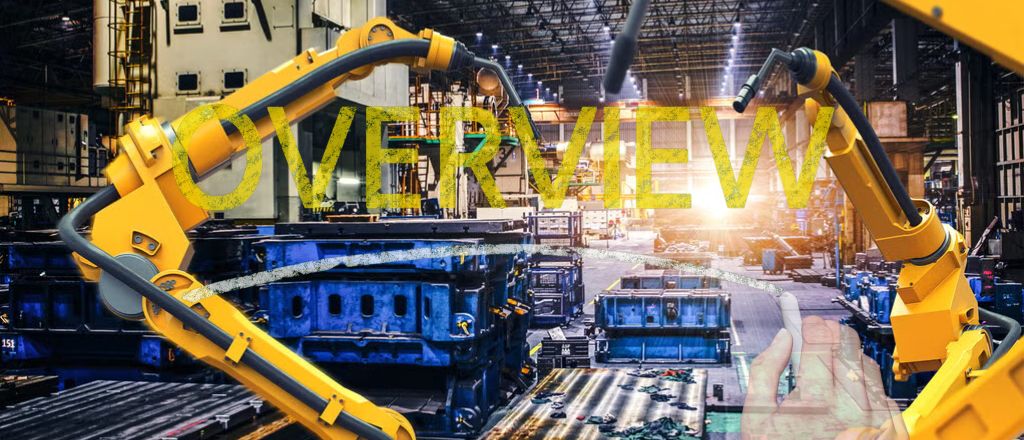
Industrial automation and robotics are revolutionizing the way industries operate. These systems enhance efficiency, accuracy, and productivity by combining advanced technologies such as sensors, artificial intelligence (AI), and machine learning. Industrial automation refers to using control systems, such as computers or robots, to handle different processes and machinery in manufacturing. Conversely, robotics focuses on designing, constructing, and operating robots to perform specific tasks. Together, they create streamlined, optimized workflows that minimize human intervention.
The integration of automation and robotics in industries has dramatically shifted the traditional manufacturing landscape. Companies can allocate human resources to more creative and complex problem-solving roles by automating repetitive or hazardous tasks. This synergy fosters an environment where innovation thrives, leading to faster production times and superior product quality.
The global adoption of industrial automation robots has surged, driven by advancements in technology and increasing demand for efficiency. These robots enable industries to achieve consistent quality while minimizing operational errors. By integrating sensors, AI, and machine learning, modern robots can adjust to dynamic environments and complex tasks, making them indispensable for competitive industries.
Industrial Automation Robots: Transforming Modern Industries
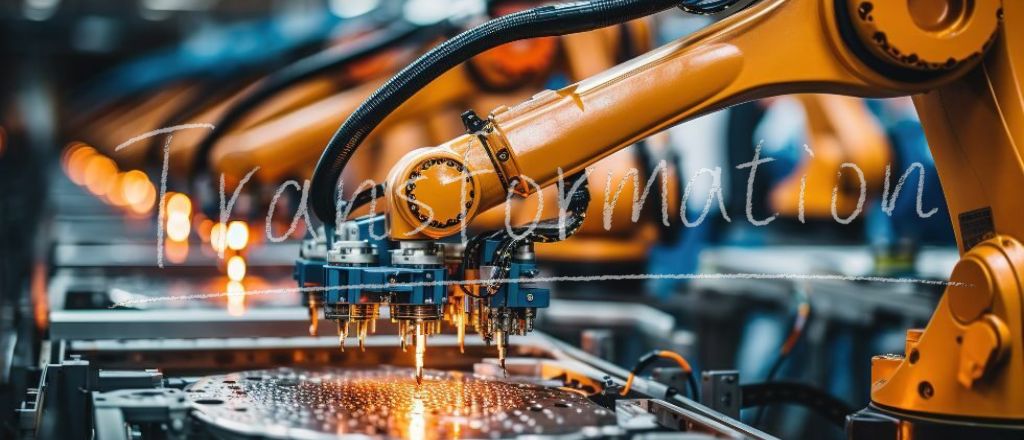
Industrial automation robots are programmable machines capable of performing tasks precisely and consistently. They are critical in the automotive, electronics, pharmaceuticals, and food processing industries. These robots come in various forms, including robotic arms, autonomous mobile robots (AMRs), and collaborative robots (cobots).
In the food processing industry, robots handle delicate tasks like sorting and packaging, ensuring compliance with hygiene standards. In logistics, robots automate warehouse operations, including inventory management and order fulfillment, optimizing delivery timelines.
Robotic systems streamline operations by executing tasks such as assembly, welding, painting, and material handling with unmatched accuracy. In automotive manufacturing, robots assemble vehicle components, ensuring consistency and reducing production time. In the pharmaceutical sector, robots contribute to precisely mixing chemicals and packaging medicines, ensuring safety and compliance with stringent standards.
Moreover, collaborative robots, or cobots, have made a significant impact by working alongside humans to enhance productivity while ensuring safety. This collaboration is particularly beneficial in tasks that require precision and adaptability, such as assembly and inspection in electronics manufacturing.
The Role of Robotics in Industrial Automation
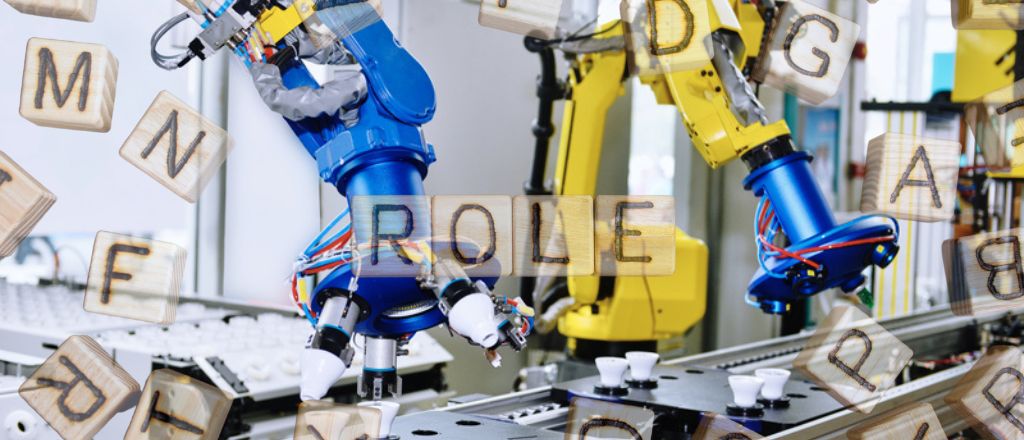
The role of automated systems in advanced manufacturing is to enhance productivity and reduce operational costs while maintaining high-quality standards. These systems enable 24/7 operations without fatigue, drastically increasing output. Moreover, machines with AI and machine learning capabilities can adapt to changing scenarios, making them indispensable in dynamic production environments.
For instance, robotic systems equipped with vision technology can identify product defects on an assembly line, ensuring that only high-quality items move forward. Additionally, robots’ ability to handle hazardous materials or work in extreme environments significantly improves workplace safety by reducing risks to human workers.
As industries continue to evolve, the role of robotics extends beyond traditional manufacturing lines. For example, in agriculture, robots are being deployed for planting, harvesting, and monitoring crops, addressing labor shortages and increasing yield. In retail, robotic solutions are used for shelf scanning and inventory tracking, enabling better stock management and customer satisfaction.
Industrial Robotic Automation: Key Technologies and Applications
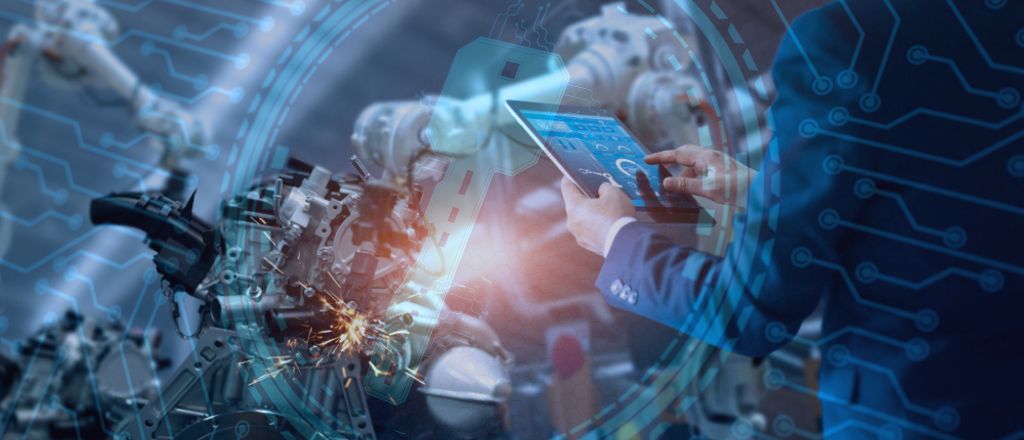
Several vital technologies underpin industrial robotic automation, including:
- Artificial Intelligence and Machine Learning: These technologies enable automated machines to learn from data, optimize operations, and make autonomous decisions.
- Sensors and Vision Systems allow automated systems to perceive their environment, ensuring precise movement and decision-making.
- IoT Integration: The Internet of Things (IoT) connects automated equipment to other devices and systems, facilitating real-time monitoring and control.
These technologies collectively ensure that robots operate seamlessly within industrial environments. For instance, IoT integration allows managers to remotely monitor and control robotic systems, improving decision-making and reducing downtime. Vision systems enable robots to identify defects and ensure only top-quality products reach customers.
Applications of industrial robotic automation include:
- Material Handling: Automated systems move raw materials and finished products efficiently.
- Assembly Lines: Automated assembly processes ensure consistency and speed.
- Quality Control: Vision-enabled machines detect defects and ensure product uniformity.
- Welding and Painting: High-precision systems perform complex tasks with minimal waste.
Robots in Industrial Automation: Benefits and Challenges
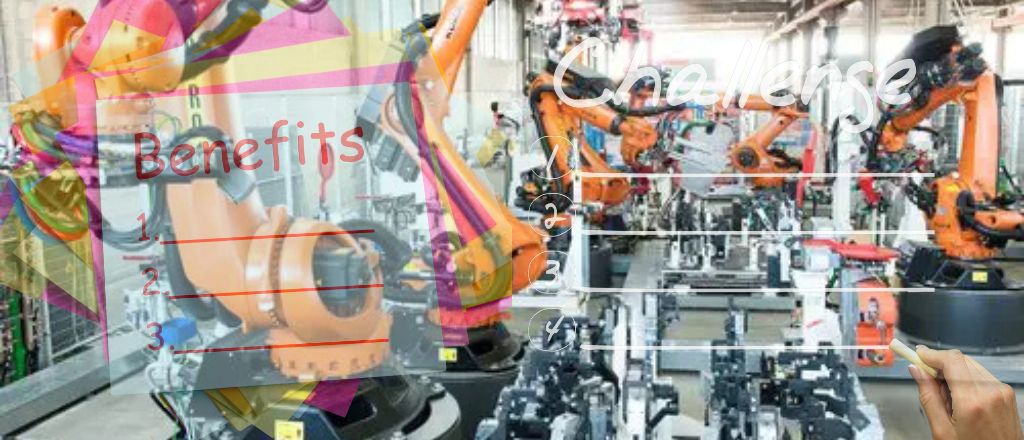
Benefits:
- Increased Efficiency: Automated systems work continuously without breaks, boosting production rates.
- Enhanced Precision: Robotic systems reduce errors, ensuring uniform quality.
- Cost Savings: Automation lowers labour costs and reduces material waste over time.
- Improved Safety: Automated machines handle dangerous tasks, protecting human workers from harm.
Challenges:
- High Initial Costs: Implementing robotic systems requires substantial investment.
- Skill Gaps: Operating and maintaining automated machines demand specialized skills that may be lacking.
- Integration Complexities: Ensuring seamless communication between automated systems and existing processes can be challenging.
- Potential Job Displacement: Automation may reduce the demand for specific manual jobs, necessitating workforce reskilling.
Despite these challenges, industries that successfully implement robotic automation often achieve unparalleled growth and efficiency. Addressing these obstacles through strategic planning and workforce training can significantly enhance the return on investment in robotics.
Future Trends in Industrial Automation and Robotics
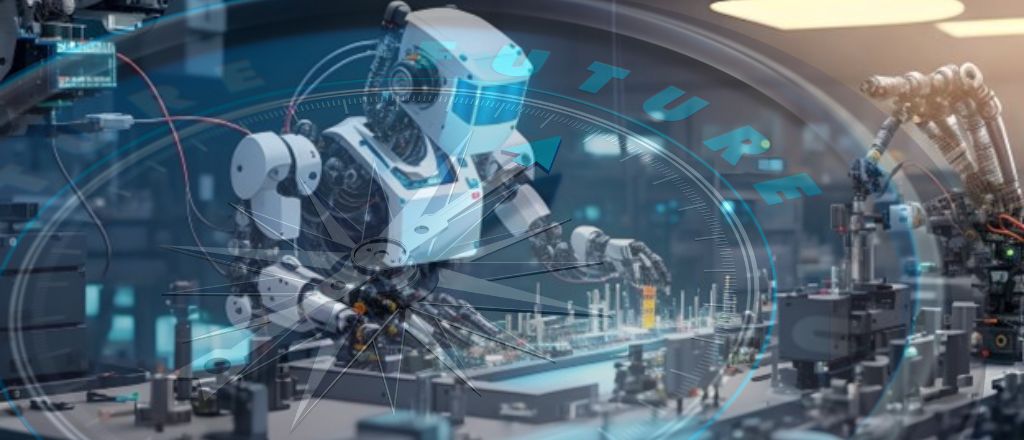
Advancements in AI, connectivity, and automation technology design characterize the future of industrial systems and robotics. Key trends include:
- Collaborative Machines (Cobots): Designers create cobots to work alongside humans and enhance productivity without replacing human roles entirely.
- Edge Computing: Automated systems with edge computing capabilities can process data locally, reducing latency and improving efficiency.
- Sustainability Initiatives: Robotics will increasingly support sustainable practices, such as reducing waste and energy consumption.
- Customization and Flexibility: Future automated systems will be more adaptable, catering to specific operational needs and rapid changes in production requirements.
By embracing these trends, industries can remain competitive in an ever-evolving global market, leveraging the transformative potential of advanced manufacturing technologies and automated systems.
In addition to these trends, the concept of 'Industry 5.0' is gaining traction, emphasizing human-centric manufacturing where robots support creativity and personalization. This shift aims to balance technological innovation with the unique capabilities of human workers, fostering a more harmonious industrial ecosystem.
Let's Ask the Expert Trevor
Examples include automated assembly lines, robotic welding, material handling, packaging, and quality inspection systems.
Articulated robots, particularly robotic arms, are the most popular due to their versatility and wide range of applications.
Industrial robots are used for assembly, welding, and material handling tasks.

